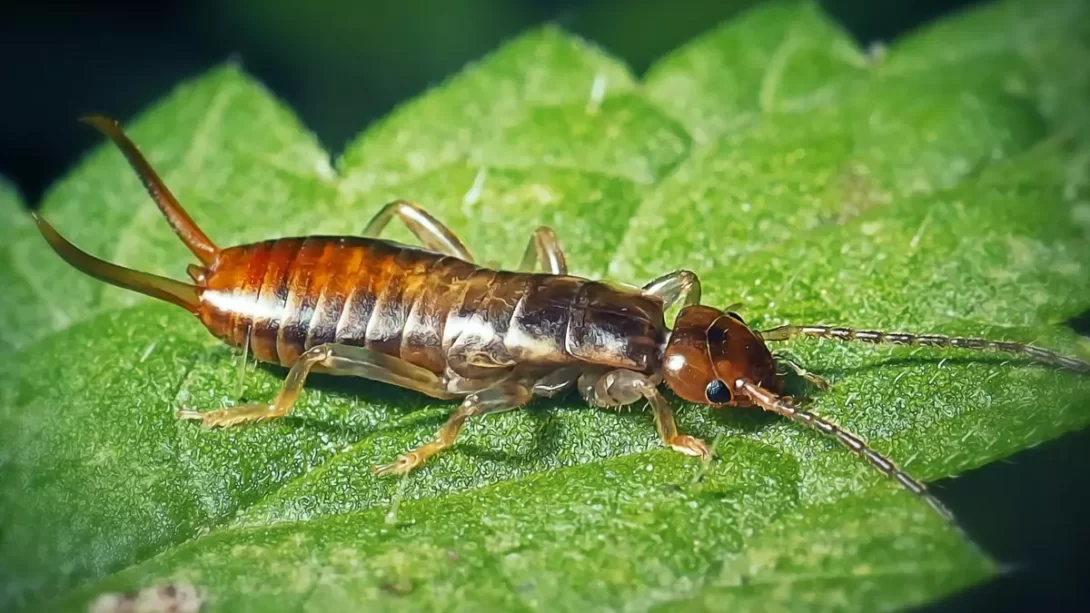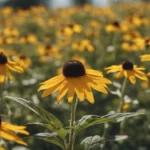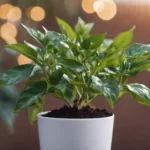Pincher bugs, commonly known as earwigs, are a frequent concern in many households and gardens. Known for their distinctive pincers and nocturnal habits, these insects can be both a nuisance and a curiosity. Understanding what attracts pincher bugs is crucial for effective management and control, helping to maintain a comfortable and pest-free environment.
Identification of Pincher Bugs
Pincher bugs are easily identifiable by their elongated bodies, which range in color from light brown to black, and their prominent pincers or forceps at the rear end. They typically measure about 5 to 25 mm in length. These pincers are more curved in males than females and are used for defense and mating rituals. Unlike some other household pests, pincher bugs do not pose a health risk to humans, as they are not venomous and rarely bite.
Habitats and Behavior of Pincher Bugs
Earwigs are nocturnal creatures that prefer dark, moist environments. During the day, they hide under rocks, in mulch, or within piles of leaves and debris. At night, they emerge to feed. Pincher bugs are found in a variety of environments but are more common in areas with a combination of moisture and organic material. They are also known to migrate indoors during extreme weather conditions, seeking shelter and sustenance.
Factors Attracting Pincher Bugs
Moisture
Moisture is one of the primary attractants for pincher bugs. They are drawn to damp areas, which is why they are often found in basements, bathrooms, and under sinks. Outdoors, overwatered gardens, leaking hoses, and standing water provide ideal conditions for these pests. Reducing excess moisture, fixing leaks, and ensuring proper drainage can help make the environment less inviting for pincher bugs.
Shelter
Pincher bugs seek out sheltered areas where they can hide during the day. Common outdoor hiding spots include under flower pots, rocks, logs, and within dense vegetation. Indoors, they can be found in cluttered, undisturbed areas like basements and storage rooms. Keeping gardens tidy, removing debris, and reducing indoor clutter can minimize hiding places for pincher bugs.
Food Sources
Pincher bugs are omnivores and have a diverse diet, which makes many environments suitable for their sustenance. In gardens, they feed on a variety of plants, particularly those with tender leaves and petals. They are also known to eat decaying plant material and compost, contributing to their role in the ecosystem as decomposers. Additionally, earwigs can be predatory, feeding on other insects such as aphids, which can be beneficial to gardeners. However, their feeding habits can sometimes lead to the damage of desirable plants, making their presence in gardens a double-edged sword.
Preventative Measures to Deter Pincher Bugs
Preventing pincher bug infestations involves addressing the factors that attract them in the first place. Here are some effective preventative measures:
- Reduce Moisture: Ensure good drainage in your garden and fix any leaks around your home. Use dehumidifiers in damp areas like basements.
- Clear Debris and Clutter: Regularly clean up garden waste, leaf litter, and other debris that could provide hiding spots. Keep basements and storage areas tidy and free of clutter.
- Proper Plant Care: Avoid overwatering plants and allow the soil to dry between waterings. Prune and maintain plants regularly to reduce excessive growth that could harbor pincher bugs.
Natural and Chemical Control Methods
For controlling pincher bug populations, both natural and chemical methods can be employed:
- Natural Remedies and Predators: Encouraging natural predators like birds and toads in your garden can help keep pincher bug numbers in check. DIY traps, such as rolled-up newspapers or shallow containers filled with oil, can also catch earwigs.
- Chemical Insecticides: If natural methods are insufficient, chemical insecticides can be used as a last resort. It’s essential to use these products according to the instructions and consider the potential impact on beneficial insects and the surrounding environment.
Conclusion
Pincher bugs, while often considered pests, play a complex role in our home and garden ecosystems. Understanding what attracts them is key to effectively managing their presence. By addressing factors like moisture, shelter, and food sources, homeowners and gardeners can significantly reduce the likelihood of earwig infestations.
In gardens, while pincher bugs can sometimes damage plants, they also contribute to pest control by preying on harmful insects. Therefore, a balanced approach in managing them is beneficial. Employing preventative measures, such as maintaining a tidy garden, managing moisture levels, and using natural remedies, can keep their numbers in check without resorting to harsh chemical methods.
When chemical control is necessary, it should be used judiciously and as a last resort, with consideration for the environment and non-target species. Encouraging natural predators and employing simple traps can often be effective in controlling pincher bug populations.
Ultimately, the goal is not to eliminate pincher bugs entirely but to manage them in a way that minimizes their negative impact while acknowledging their role in the ecological balance. With the right strategies, it is possible to coexist with these unique insects while keeping our gardens and homes comfortable and healthy.



